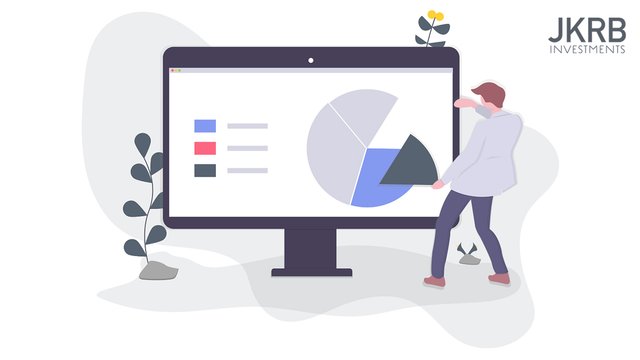Business Intelligence Vs Data Science

Within this decade Big Data has become the focus of organisations to discover insights they would never have asked using traditional analysis methods.
Organisations of all fields now combine and compare data, in an effort to:
Optimise business operations
Lower cost
Improve quality of products and services
Increase productivity and create new products.
Businesses are becomnig more data driven, and analytics are playing an increasingly more important role. If you have been running an online business for the past decade, how many analytics tools do you use today compared to 5–8 years ago? Regardless, these tools have become an order of magnitude more capable at the above tasks.
The breakthroughs have been coming from a Data Science approach to storing and analysing data — as opposed to the traditional Business Intelligence method.
At this point it is worth visiting what exactly Big Data really means, as the Data Science appraoch requires large amounts of data from various sources. Here are some characteristics:
Clusters of data consisting of millions if not billions of data records
A collection of data too big to store on one storage array, and too large to be processed by a single machine.
Constantly growing, connected, organic.
Unstructured. ~90%+ of new data generated today is semistructured or unstructured data.
As you can imagine, trying to analyse Big Data in a traditional manor like spreadsheets and metric reporting is rather like trying to fit a sphere into a square hole; it won’t work.
Let’s summarize the difference between these two terms, and then reflect on which method you are using the most in your business today. You may ask yourself whether there is potential to introduce more of one, or the other.
Business Intelligence is a traditional data analysis method, whereby questions are predetermined and attempted to be answered through your data collection and analysis processes.
Data Science is a method of analysing data of various sources to find what questions to ask; to find important questions that your organisation would otherwise miss: trends, predictions and insights you would not otherwise notice through traditional intelligence methods are derived from this Data Science approach.
Business Intelligence
Simple reporting, spreadsheets and sophisticated drill-down analysis, have become commonplace usage for business intelligence, using a consistent set of metrics to measure past performance, and inform business planning.
Business Intelligence refers to the use of company data to understand the business operation and facilitate decision making.
In traditional data warehousing, business data are gathered, stored and analyzed to develop business reporting.
This standard method has been somewhat automated and conveniently processed by computers for the best part of 2 decades as we have endeavoured to understand more about our businesses. Microsoft, Google and others provide great tools for these kinds of tasks.
Data Science
“Data Science” refers to the tools and methods that are being used to analyze large amounts of data, to make sense of big data, and to find out what the data can tell us about how to do business better.
By querying millions of records, analysing terabytes or even zetta-bytes (1,120,000,000,000,000,000,000; a trillion million bytes) of information, businesses are able to predict prices, trends, and design future products that are more people oriented.
In the traditional business intelligence method, business users determine what questions to ask, such as monthly sales reports, customer surveys and product profitability analysis. IT departments capture structured data from their storage system and analyze it to answer pre-determined questions.
With the new Data Science approach, your business delivers a platform to store, refune and analyze various data sources that enable creative discovery. Business users then explore what questions can be asked, such as how can we maximise our asset utilisation? What is the best product strategy?
Rich data allows users to tackle questions that are impossible to answer by the traditional BI systems.
The Data Science method is indeed an attractive prospect, laying the groundwork for predictive tools in machine learning, the utilisation of neural networks to come to conclusions on your path of discovery; personal interests of mine at least.
But Business Intelligence is also necessary. A fixed suite of tools we can use to analyse progress in a structured, measurable manor.
Now this article has outlined a clear understanding of the 2 approaches, ask yourself which one you are adopting the most in your business. Is there a healthy balance?
The future belongs to the companies and the people that can use data science to turn data into products.